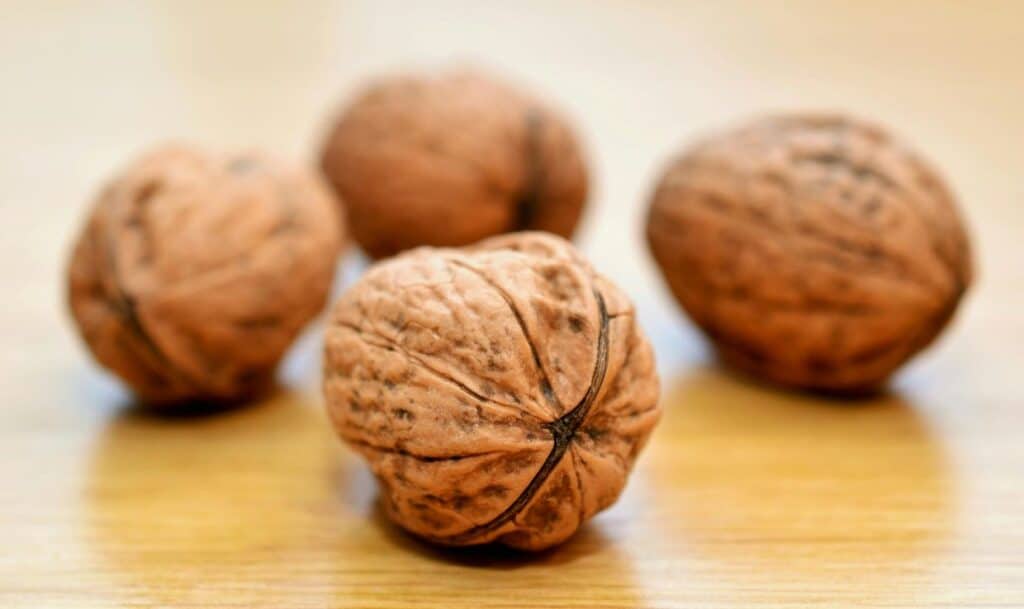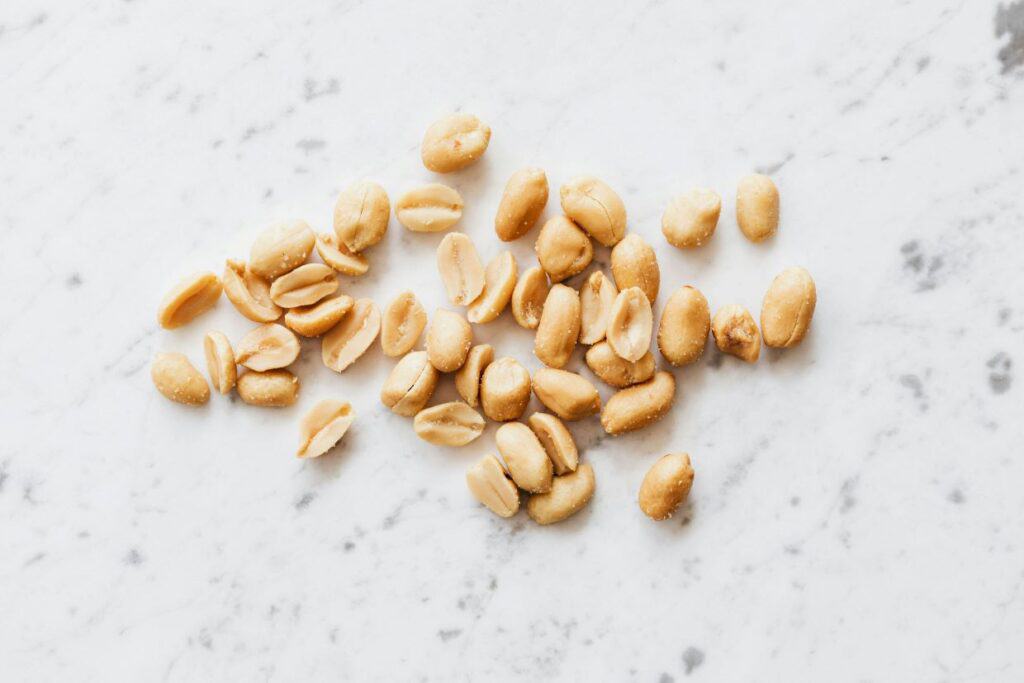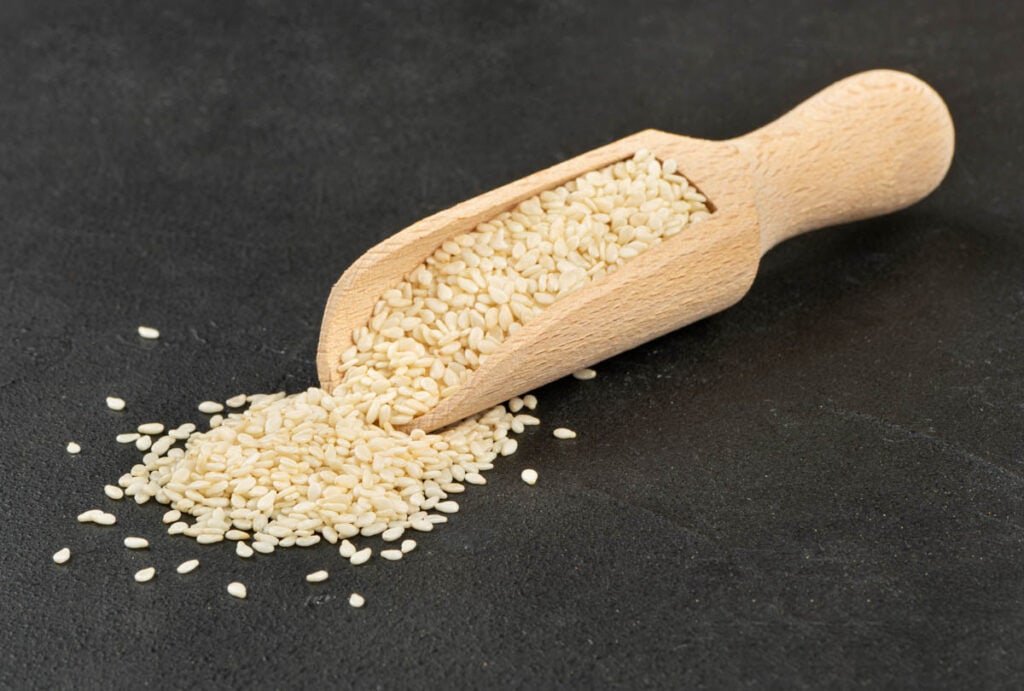Whether you’re dealing with a walnut allergy or simply ran out, there are several alternatives that can easily take their place in your favorite recipes. From pecans and almonds to seeds and dried fruits, these substitutes for walnuts offer similar textures and flavors without sacrificing taste.

This post may contain affiliate link(s). As an Amazon Associate, I earn from qualifying purchases. See Disclosures.
Besides traditional alternatives, there are more creative ways to replace walnuts in both savory and sweet recipes. Whether you’re looking for a close match or something that adds a more interesting flavor or texture, these walnut substitutes ensure you won’t feel limited in the kitchen.
Why you need walnuts
Walnuts serve a few purposes in cooking and baking. Here are a few reasons you need them:
- Walnuts add a rich, nutty flavor to salads, sauces, cookies, cakes and bread.
- They add a satisfying crunch or a moist, crumbly texture to savory and sweet dishes.
- Walnuts are a good source of protein and healthy fats.
- They add richness to baked goods.
Common substitutes for walnuts
Walnuts are commonly used in several sweet and savory recipes, but they aren’t the only option. The choices are diverse, from pecans and almonds to pumpkin seeds and sunflower seeds.
Pecans

Pecans are similar to walnuts in taste, texture and look. They are richer and more savory than walnuts, but that can add to the flavor of your dish. Pecans can be used in baked goods like cookies and cakes as well as in salads and sauces. They work as a one-for-one replacement for walnuts.
Almonds
Almonds have their own distinct taste and texture, so they work best in recipes that don’t call for too many walnuts or where the almond flavor will complement the other flavors in the recipe. Toasted almonds work well in savory recipes, while raw almonds are best in baked goods. Almonds can be used as a one-for-one substitute for walnuts.
“Almonds are a great choice to sub in for walnuts. Their firm crunch provides a satisfying texture, and they’re easy to substitute using a one-to-one ratio. Whether I’m baking, cooking or tossing a salad, I find that almonds add a delightful touch to my recipes!”
— Kristin King, Dizzy Busy and Hungry
Brazil nuts
Brazil nuts have a smooth texture and a mild flavor that is similar to fresh coconut. Because of their mild flavor, they will not overpower the other flavors in your recipe. They can be used as a one-for-one replacement for walnuts in both savory and sweet dishes.
Cashews
Cashews have a mild, buttery flavor and a creamy texture. Due to their creaminess and mild flavor, they work well in sauces and other recipes where crunch isn’t necessary. If crunch is desired, like in cookies and cakes, use roasted cashews. They add a rich, buttery flavor to baked goods. Cashews can be used as a one-for-one substitute for walnuts.
Hazelnuts
Hazelnuts have a crunchy texture and a sweet, buttery flavor. They are sweeter than walnuts, so they work best in baked goods like cakes, cookies and other desserts. Hazelnuts work especially well in recipes that contain chocolate. They can be used as a one-for-one replacement for walnuts.
Macadamia nuts
Macadamia nuts have a rich, buttery flavor and a soft, crunchy texture. Roasting makes them crispier if you desire crunch. They work well in cookies, ice cream and pies. You can also use macadamia nuts in sauces and dressings. Chopped macadamia is great as a coating for chicken and fish. They can be used as a one-for-one substitute for walnuts.
Peanuts

Raw peanuts have a delicate, nutty taste, while roasted peanuts have a stronger, earthy, nutty taste. Both raw and roasted peanuts are crunchy, but raw peanuts are chewier. Peanuts work well in sweet recipes like cookies and pies, but their flavor isn’t as strong as walnuts. They also make a crunchy topping or coating for savory recipes. Peanuts can be used as a one-for-one replacement for walnuts.
Pepitas
Pepitas are shelled pumpkin seeds. They have a nutty flavor and a chewy, crunchy and oily texture. They work well in baked goods like banana bread, chocolate chip cookies, marinades, sauces and pesto. Pepitas can be used as a one-for-one substitute for walnuts.
Sunflower seeds
Sunflower seeds have a sweet, nutty flavor and a smooth, tender texture. They taste the best in savory dishes like pesto and sweet recipes like muffins and bread. In other baked goods, they may not provide the desired texture and their earthy taste might not pair well with most sweet recipes. If a crunchy texture is desired, roasting is recommended. For every cup of walnuts, use three-quarters cup of sunflower seeds and more if needed for flavor and texture.
Flax seeds
Flax seeds have a mild, nutty flavor that isn’t always noticeable, and ground flax seeds have a sandy texture. They should be ground before eating because the body can’t digest whole seeds. Flax seeds work well as a topping for soups and salads. If you’re looking for a nutty flavor, they can replace walnuts in baked goods like cakes and cookies, but they won’t add the same crunch. For every cup of walnuts, use one-half cup of flax seeds.
Sesame seeds

Toasted sesame seeds can be a substitute for walnuts. When toasted, they have a nutty flavor and a delicate, crunchy texture. They work well in baked goods like bread, muffins and cookies and savory dishes like pesto and breaded chicken. Toasted sesame seeds can be used as a one-for-one substitute for walnuts, but due to their stronger flavor and smaller size, you might want to start with less and add more if needed based on your taste preferences.
Final thoughts
When you’re out of walnuts, there are plenty of substitutes to keep your baking and cooking on track. Experimenting with different substitutes can also introduce new tastes and textures to your favorite recipes.
Heidi is a Certified Elementary School Teacher in the Inland Northwest and has been teaching for 18 years. She is also a vintage recipe blogger at Real Life of Lulu, where she focuses on recipes that are at least 50 years old, many from her grandparents’ kitchens. When she isn’t teaching or baking, she loves spending time with her husband and three kids.